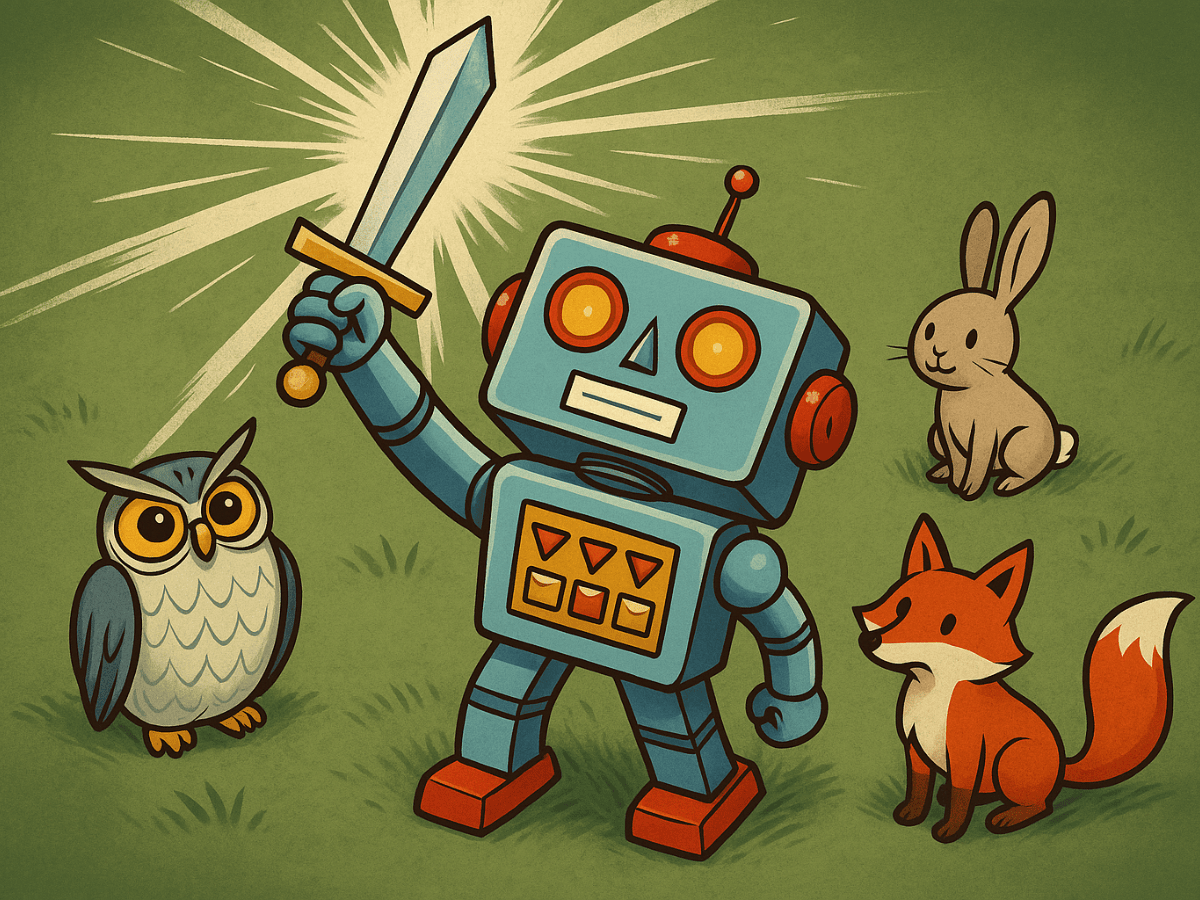Most websites don’t suffer from poor design. They suffer from poor storytelling.
Traditionally, a website may list services, showcase work, and maybe even feature a big headline or a slick video. But they often fail to make the visitor care. In a cluttered digital world, clarity and connection matter more than ever. That’s where StoryBrand 2.0 comes in.
We often use this framework to help businesses stand out by building websites that speak directly to their audience. It’s not just about what they sell, but why it matters. This method is rooted in empathy, clarity, and emotional connection. It turns static sites into meaningful digital experiences.

Why Storytelling Matters in Web Design
Whether someone is shopping for a new service or considering a major business investment, they’re looking for a solution to a problem. A compelling story creates a bridge between their challenge and your solution. It shows them what’s possible.
Websites built around a clear story help visitors see themselves in the experience. It’s not just about what your brand offers. It’s about how you help the customer win. When done right, this approach builds trust, earns attention, and drives action.
What Is StoryBrand 2.0?
The original StoryBrand framework, created by Donald Miller, follows a simple but powerful structure:
- The customer is the hero, not the brand
- The brand acts as a guide and offers a clear plan
- The story leads the customer to success and helps them avoid failure
The moment this concept really clicked for us was when Miller used the example of Luke Skywalker and Obi-Wan Kenobi. Luke is the hero of Star Wars. He’s inexperienced, unsure of himself, and looking for help. Obi-Wan steps in as the guide who’s wise, calm, and focused on helping Luke succeed. That’s the same role your brand should play for your customers.
“In almost every movie you watch, the hero is not the strongest character. Heroes are often ill-equipped and filled with self-doubt. They need help. If a character enters the story and starts solving all the problems, they’re not the hero — they’re the guide.”
— Donald Miller, Building a StoryBrand
StoryBrand 2.0 builds on that timeless structure by using modern tools like personalization, immersive digital experiences (AR/VR), and purpose-driven messaging. It brings your story to life in ways that feel human, relevant, and memorable.
The 7 Steps We Use in the StoryBrand 2.0 Framework
Here’s how we bring StoryBrand 2.0 to life in the websites we design:
- Define the Hero (Your Customer)
We start by identifying who the site is really for. What do they care about? What problem are they trying to solve? Messaging and visuals are shaped around their perspective, not the brand’s.
- Position the Brand as the Guide
Visitors want to feel understood, not sold to. We use tone, imagery, and proof points to show empathy and experience. This helps users feel confident they’re in the right place with the right partner.
- Clarify the Problem
We bring the problem to the surface. This could be confusion, wasted time, or missed opportunities. Whatever is at stake, we make it clear. Good storytelling doesn’t avoid tension. It uses it to create urgency and relevance.
- Present a Clear Plan
Next, we lay out a simple process, usually in three to four steps. This gives users confidence that there’s a proven path forward. We often pair this with visual elements like icons, timelines, or short videos that make it easy to follow.
- Call the Hero to Action
Every great story has a moment when the hero must act. Websites should, too. We build in clear, compelling calls to action that align with what the visitor needs next. This could be booking a call, starting a quote, or downloading a resource.
- Highlight the Success Path
What does life look like after the customer works with you? We use messaging, visuals, and testimonials to help the visitor imagine a better outcome. That might mean more time, better results, or less stress.
- Avoid Failure
It’s subtle but important. We remind users what could happen if they delay or stay stuck. This creates just enough tension to encourage forward movement, without being overly aggressive.
Better Stories Build Better Websites
A good website in our eyes will do much more than inform. It should engage, guide, and inspire action. StoryBrand 2.0 helps businesses cut through noise, connect with their audience, and lead with clarity.
Whether you're launching something new or reworking an existing site, this framework can help turn your message into a meaningful, results-driven experience.
Curious how well your current site tells your story? Let’s talk. We’ll walk you through the first step of applying this framework and show you what’s possible when your message finally clicks.
About This Framework
This post draws inspiration from Donald Miller’s book Building a StoryBrand and the StoryBrand messaging framework. Our use of “StoryBrand 2.0” refers to how we interpret and expand on those original ideas in modern web design. We are not affiliated with or endorsed by StoryBrand or Donald Miller. To learn more about the original framework, visit storybrand.com.


